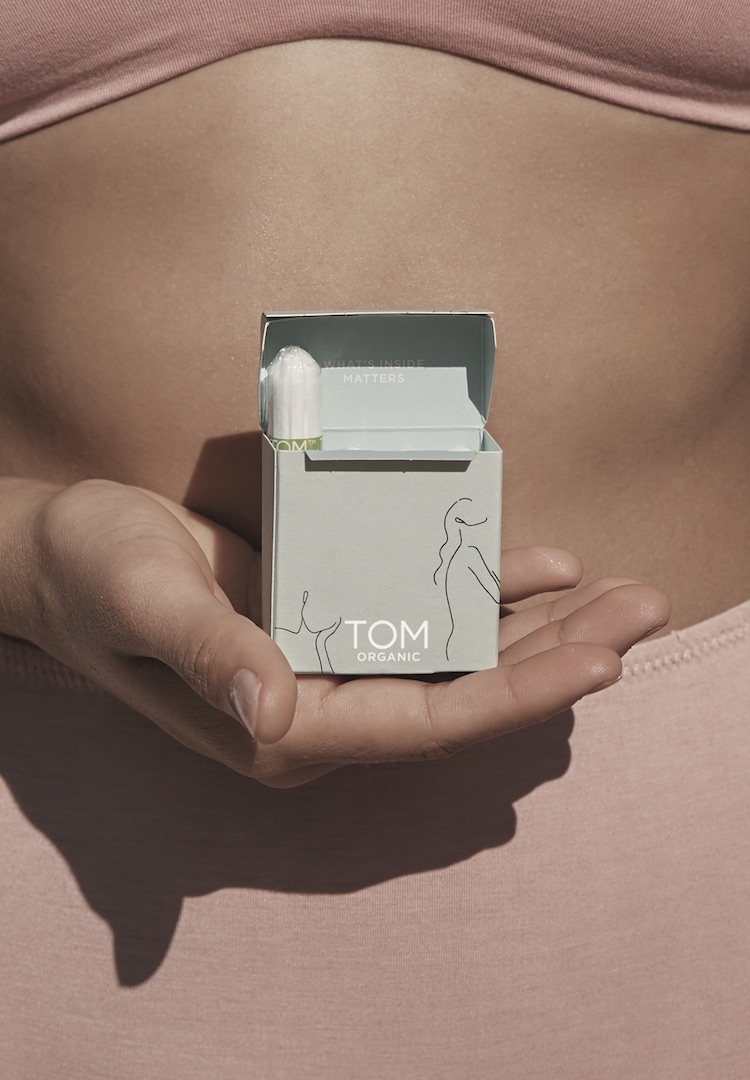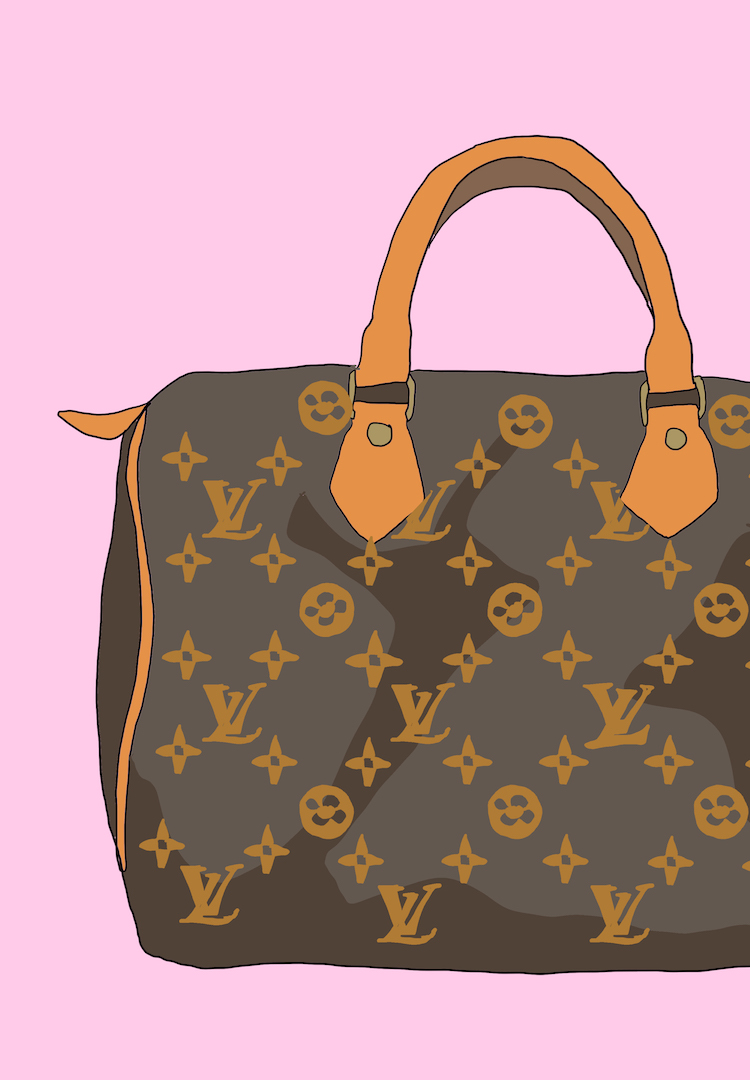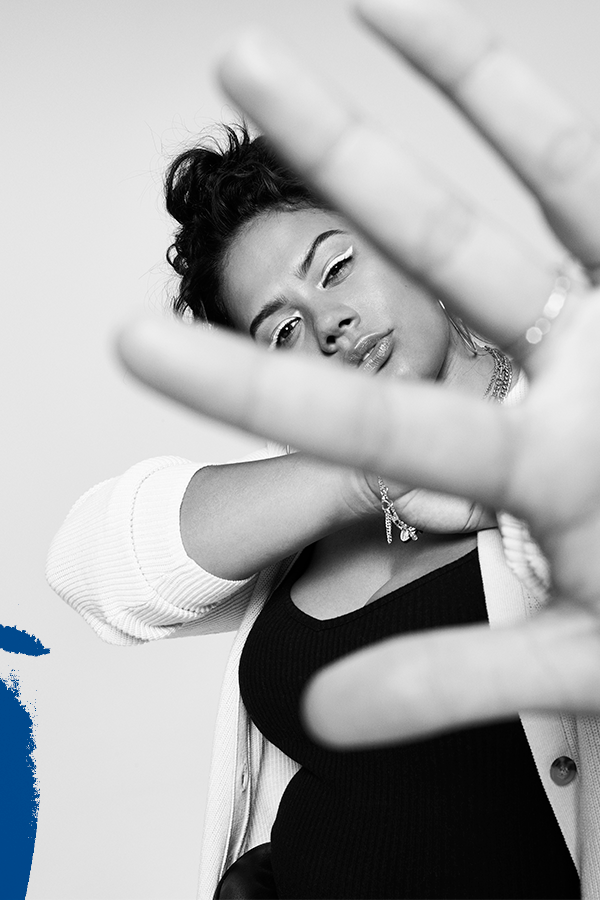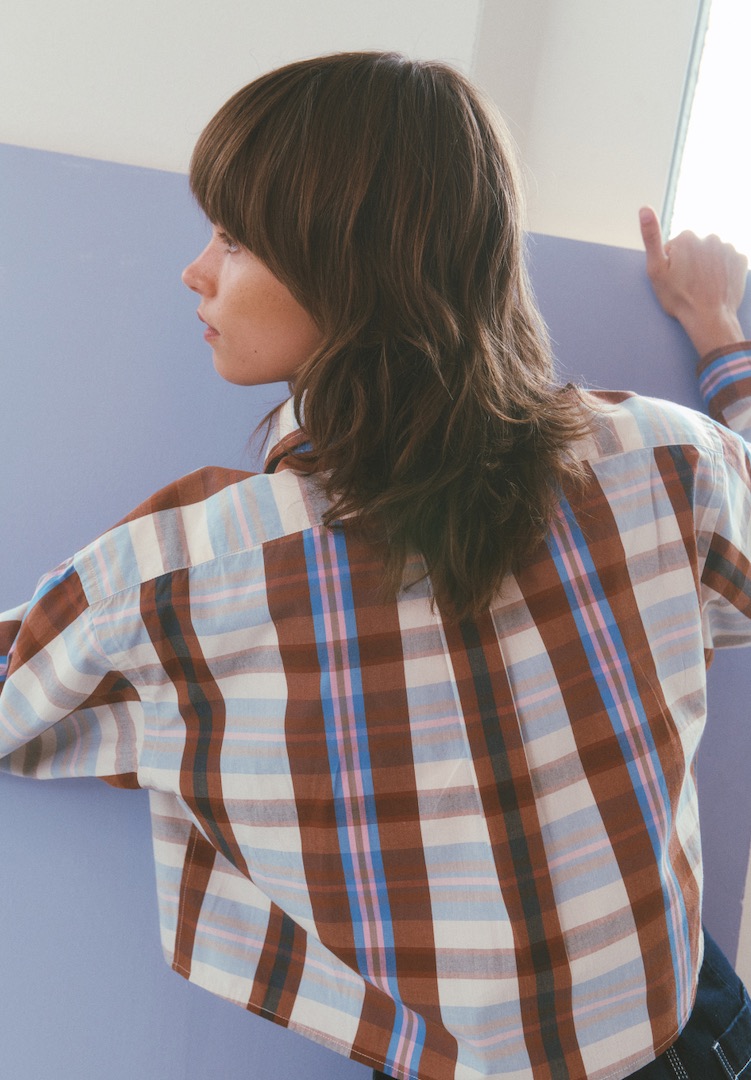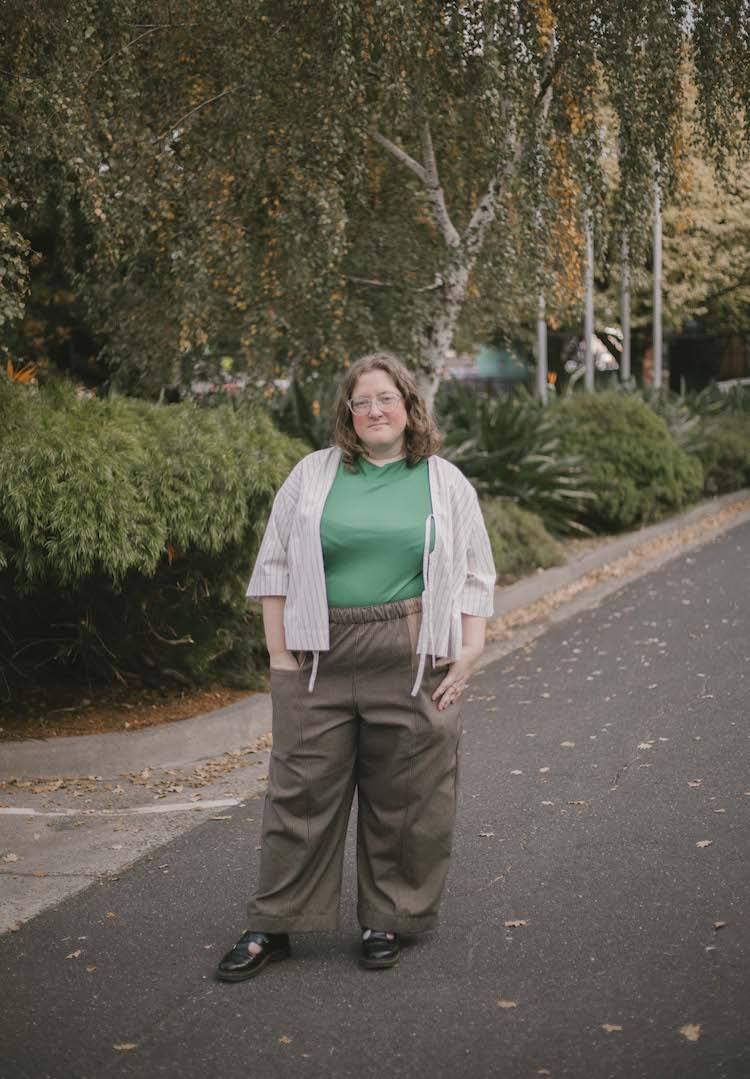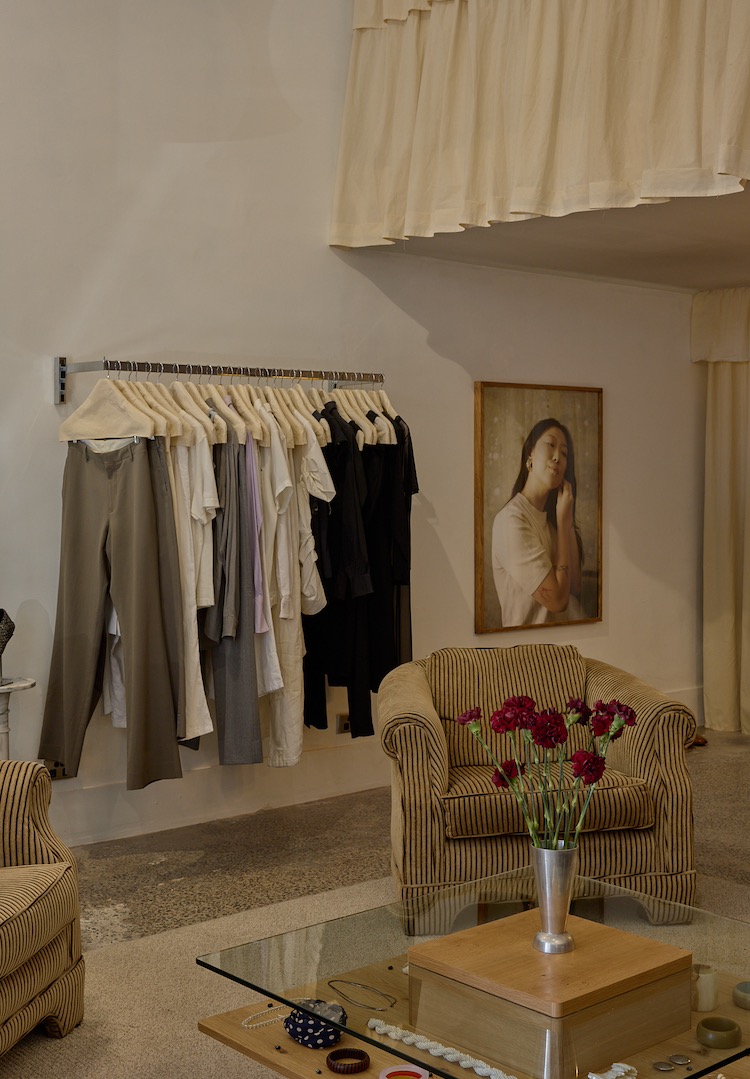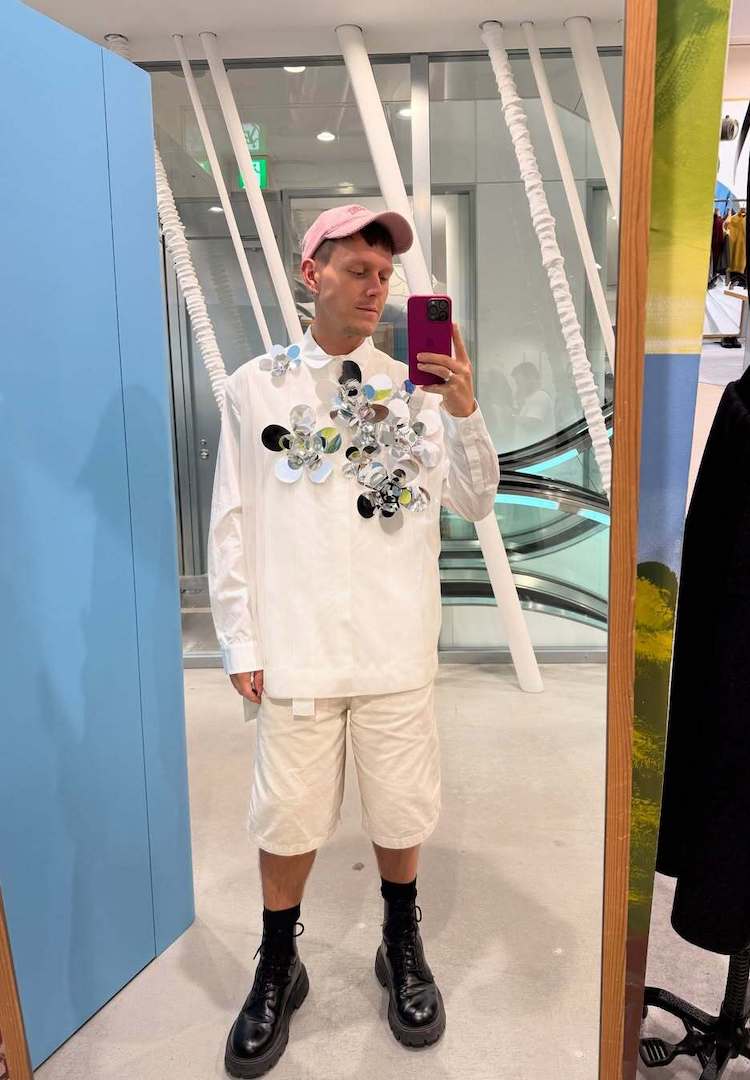A rookie’s guide to buying your first second-hand luxury piece
Illustration by Twylamae
Words by Maeve Kerr-Crowley
Everything you need to know.
So, you want to invest in some high-end fashion, but your bank account cries just thinking about retail prices. The good news is that there’s a huge market for second-hand designer clothing and accessories, and nobody but you will know your Gucci is a hand-me-down.
Shopping pre-loved luxury can be its own daunting task, however, and there’s a lot to think about before you lay down any cash. Is it the real deal? Am I getting the best price? Will people look at me funny when I’m wearing Chanel and drinking a $1 coffee from 7-Eleven?
To put your mind at ease, we asked the team at Australian second-hand, luxury marketplace Modsie to share their top tips for hunting down your dream designer pieces. Here’s what we learned.
Where to look
Online marketplaces have the biggest selection, the best deals and the ability to search for exactly what you want, whether that’s a specific piece or just a label you love. You should be able to get an idea of how many similar items have been listed in the past and how much they’ve sold for, so you’ll know roughly what to expect. Some sites, like Modsie, will even alert you when items on your wish list are posted by a seller.
There’s also the option of visiting a brick and mortar vintage or consignment store, if you can find a good one nearby. While this does mean you can try things on and see the condition of each piece yourself, the trade-off is a much smaller selection to choose from. Shopping in a consignment store can also be more expensive, as prices are often hiked up to cover the store owner’s commission fees.
If you’re willing to dig through them, peer-to-peer marketplaces like eBay or Gumtree can have some gems. But without a third party to guarantee the quality and authenticity of the items, it falls to you to be informed about your purchases to ensure you’re not buying a fake.
What to look for
What you’re after will obviously depend on your personal taste, but it’s always good to keep reality in mind. The more time you spend looking for designer clothes, the better idea you’ll have about what does and doesn’t circulate the market. For Modsie, labels like Louis Vuitton and Chanel are eternally popular. Timeless pieces – like LV’s Speedy or Chanel’s Classic Flap bag – are good second-hand investments, as their retail prices are constantly climbing.
If you’re after something a bit fresher, you’ll probably have less luck. Designs from current or recent seasons are less accessible and usually remain more expensive on the second-hand market, purely because their original owners aren’t done wearing them yet. Unless you’re willing to pay higher prices and spend every waking second scouring the web for a miracle listing, it’s best to wait a few seasons to nab the piece you’ve got your eye on at the right price.
Buying the real deal
Shopping pieces from luxury designers can often mean wading through a sea of counterfeits – some a lot more convincing than others. A marketplace with an internal authentication process will weed out fakes behind the scenes, but if you’re shopping peer-to-peer there are a few things to look out for to make sure you’re paying for the real deal.
The key is to do plenty of research on the item you’re trying to buy. If you know exactly what it’s supposed to look like, it’s a lot easier to spot flaws and design goofs (like uneven stitching or a plastic zipper when you know it should be made from metal). Know the retail price, as well as how much the same item has sold for second-hand in the past. Even pre-loved luxury items are a pricey investment, and anything selling crazy cheap should raise some red flags.
Photos are also super important. A good seller will post a large number of photos, showing as many aspects of the item as possible. Make sure pictures haven’t been taken from another site, and when in doubt, always ask for more. Close-ups of detailing, a serial number or the brand’s signature can be good indicators of authenticity. Sellers who keep their receipts and original packaging are also your best friend.
To start hunting for your next investment, head over to Modsie.
Modsie is and Australian-based marketplace for buying and selling pre-loved luxury fashion items. Every product sold on Modsie is guaranteed by its Quality Control team after physically verifying its authenticity. There’s also integrated payment options, including a buy now, pay later option with ZipPay.

